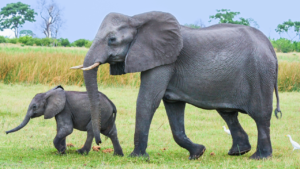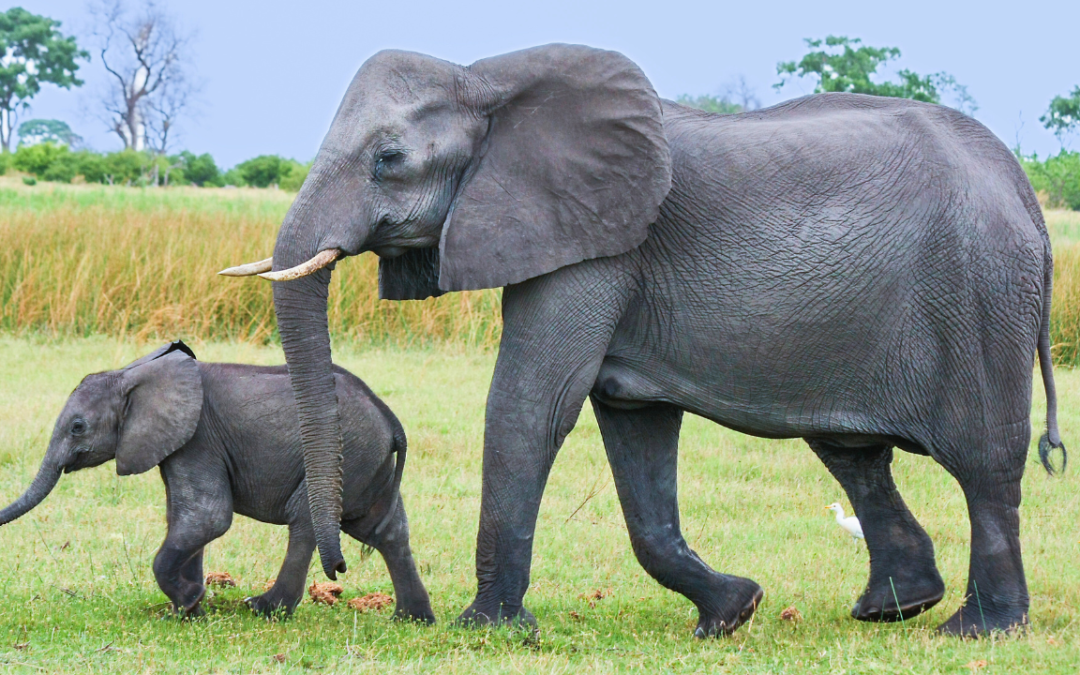
While we humans spend time and effort aligning our smiles, the dental world of elephants is in a league of its own! These magnificent creatures possess truly remarkable oral features – their massive tusks and their surprisingly unique teeth. At [Your Practice Name] in Zimmerman, we appreciate the fascinating world of teeth, and the dental adaptations of elephants are certainly worth exploring!
Tusks: More Than Just Ivory
The impressive tusks of an elephant are actually elongated upper incisors. Unlike our permanent teeth, elephant tusks are continuously growing throughout their lives. Here are some intriguing facts about these ivory wonders:
- Tools for Survival: Elephants use their tusks for a variety of essential tasks, including digging for water and roots, stripping bark from trees for food, defending themselves against predators, and even lifting and moving objects.
- Individual Fingerprints: Just like human fingerprints, each elephant’s tusks have unique wear patterns and grooves, reflecting their individual use and habits.
- Not Always Present: Interestingly, not all elephants have prominent tusks. In some species and populations, particularly some female African elephants, tusks may be small or absent altogether. This can be an evolutionary adaptation to reduce the risk of poaching.
- Weighty Matters: Elephant tusks can grow to be incredibly long and heavy. The longest recorded elephant tusk measured over 10 feet!
The Amazing March of Elephant Molars
While tusks get much of the attention, the way elephants use and replace their chewing teeth is equally fascinating:
- Giant Grinders: Elephants are herbivores with a diet consisting mainly of rough vegetation like grasses, leaves, and bark. To grind this tough material, they have four massive molars, one in each quadrant of their jaw.
- A Conveyor Belt of Teeth: Unlike humans who have a set of baby teeth replaced by permanent teeth, elephants have a unique system of tooth replacement. They don’t get new teeth vertically like us. Instead, new molars grow in at the back of the jaw and slowly move forward, pushing the older, worn-down molars out of the front of their mouth. This “marching” process happens several times throughout their lifespan.
- Limited Replacements: An elephant typically goes through about six sets of these large molars in its lifetime. Once the last set wears out, the elephant can no longer effectively chew its food and sadly, this often leads to starvation, especially in older elephants.
- Size Matters: Each elephant molar can weigh several pounds and be the size of a brick! The ridges on the surface of the molars are specifically designed to grind tough plant matter.
What Can We Learn?
While our orthodontic concerns in Zimmerman are quite different from the dental needs of an elephant, appreciating the diverse ways teeth have evolved in the animal kingdom gives us a greater understanding of the importance of oral structures for survival. Just as elephants rely on their tusks and molars, we rely on our teeth for essential functions and our smiles for confidence.
Have questions about your own unique set of teeth? Call [Your Practice Name] in Zimmerman at [Your Phone Number] to schedule a complimentary consultation! We might not work on elephants, but we’re experts in creating healthy and beautiful human smiles!


Recent Comments